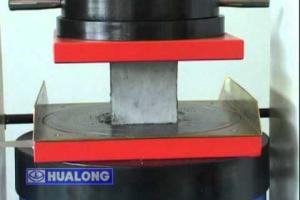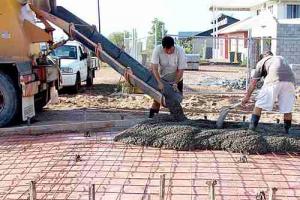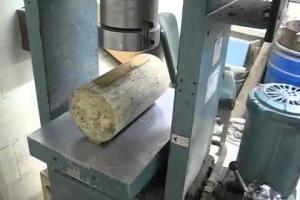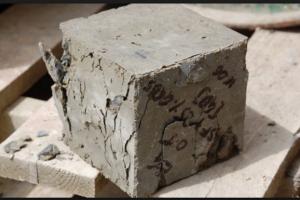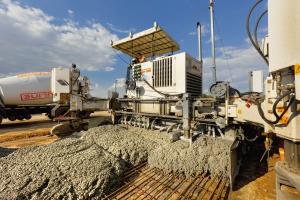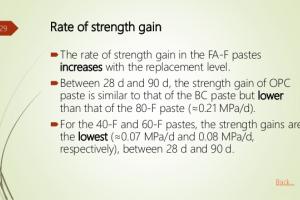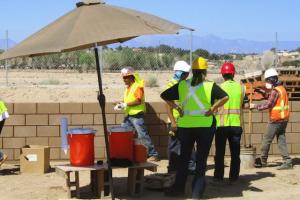Properties of Hardened Concrete
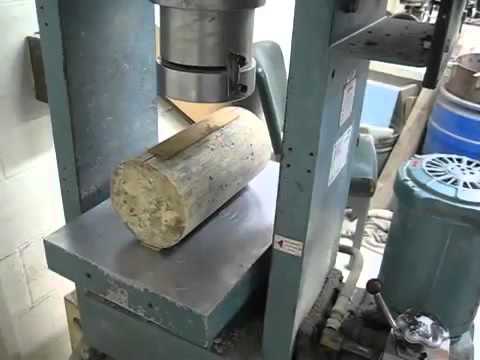
Following are the properties of hardened concrete:
-
Modulus Of Elasticity
-
Water tightness (impermeability)
1. Strength:
The strength of concrete is basically referred to compressive strength and it depends upon three factors.
1- Paste Strength
2- Interfacial Bonding
3- Aggregate Strength
1. Paste strength:
It is mainly due to the binding properties of cement that the ingredients are compacted together. If the paste has higher binding strength, higher will be strength of concrete.
2. Interfacial bonding:
Interfacial bonding is very necessary regarding the strength. Clay hampers the bonding between paste and aggregate. The aggregate should be washed for a better bonding between paste and aggregate.
3. Aggregate strength:
It is mainly the aggregate that provide strength to concrete especially coarse aggregates which act just like bones in the body. Rough and angular aggregate provides better bonding and high strength.
Factors affecting Strength of concrete:
Following are the factors that affect the strength of concrete:
1. Water-Cement ratio
2. Type of cementing material
3. Amount of cementing material
4. Type of aggregate
5. Air content
6. Admixtures
1. Water-Cement ratio:
It is water cement ratio that basically governs the property of strength. Lesser the water cement ratio, greater will be strength.
2. Type of cement:
Type of cement affect the hydration process and therefore strength of concrete. Amount of cementing material: it is the paste that holds or binds all the ingredients. Thus greater amount of cementing material greater will be strength.
3. Type of Aggregate:
Rough and angular aggregates is preferable as they provide greater bonding.
4. Admixtures:
Chemical admixtures like plasticizers reduce the water cement ratio and increase the strength of concrete at same water cement ratio. Mineral admixtures affect the strength at later stage and increase the strength by increasing the amount of cementing material.
2. Creep in Concrete
Concrete creep is defined as: deformation of structure under sustained load. Basically, long term pressure or stress on concrete can make it change shape. This deformation usually occurs in the direction the force is being applied. Like a concrete column getting more compressed, or a beam bending. Creep does not necessarily cause concrete to fail or break apart. Creep is factored in when concrete structures are designed.
3. Shrinkage
Concrete is subjected to changes in volume either autogenous or induced. Volume change is one of the most detrimental properties of concrete, which affects the long-term strength and durability. To the practical engineer, the aspect of volume change in concrete is important from the point of view that it causes unsightly cracks in concrete.
4. Modulus of Elasticity
Young's modulus ( E ) describes tensile elasticity, or the tendency of an object to deform along an axis when opposing forces are applied along that axis; it is defined as the ratio of tensile stress to tensile strain. It is often referred to simply as the elastic modulus.
The modulus of elasticity of concrete is a function of the modulus of elasticity of the aggregates and the cement matrix and their relative proportions. The modulus of elasticity of concrete is relatively constant at low stress levels but starts decreasing at higher stress levels as matrix cracking develops. The elastic modulus of the hardened paste may be in the order of 10-30 GPa and aggregates about 45 to 85 GPa. The concrete composite is then in the range of 30 to 50 GPa.
5. Water Tightness
Watertightness is the ability of concrete to keep water out or in. Watertight is a versatile range of specialized ready mix concretes designed to protect a structure from water ingress or to retain water within a structure.
Water-tight concrete, or concrete made water-tight by some kind of waterproof coating, is frequently required, either for inclosing a space which must he kept dry, or for storing water or other liquids. Concrete, even when most carefully prepared from materials of the highest grade, is never of itself completely waterproof.
6. Rate of Strength Gain of Concrete
Strength can be defined as ability to resist change. One of the most valuable properties of the concrete is its strength. Strength is most important parameter that gives the picture of overall quality of concrete. Strength of concrete usually directly related to cement paste.



